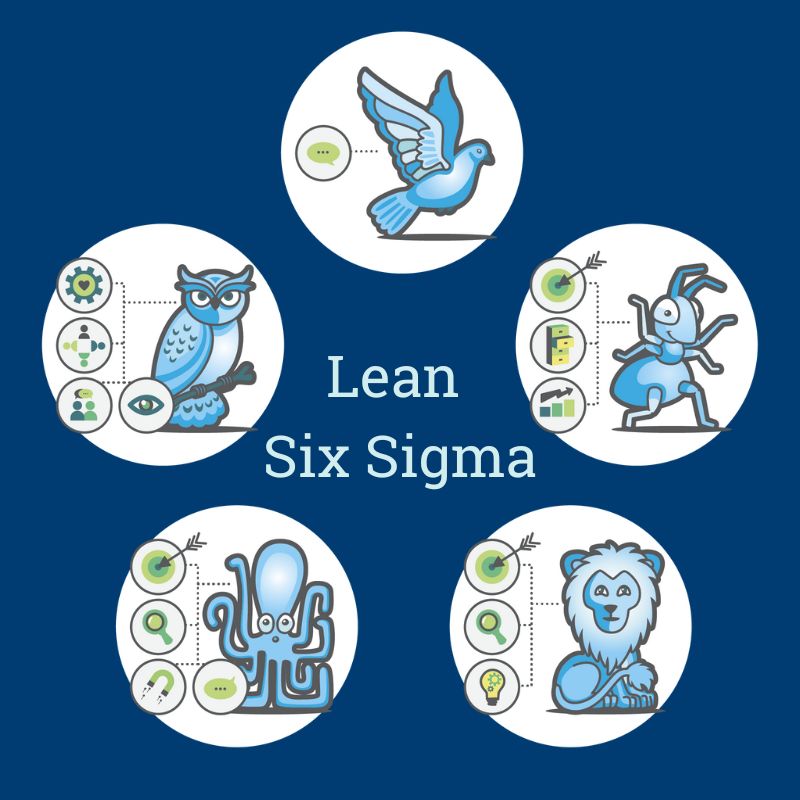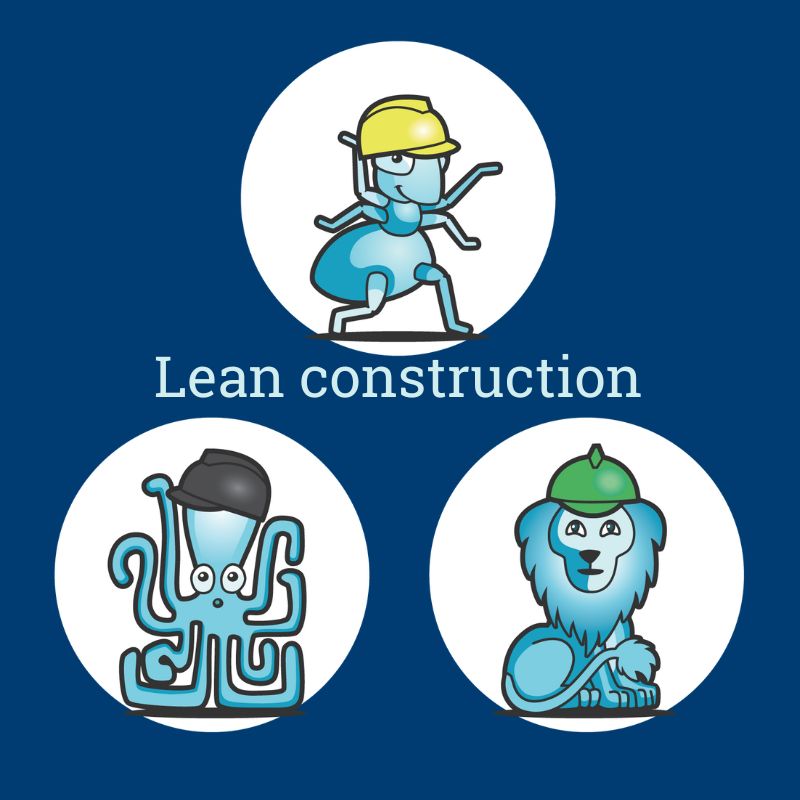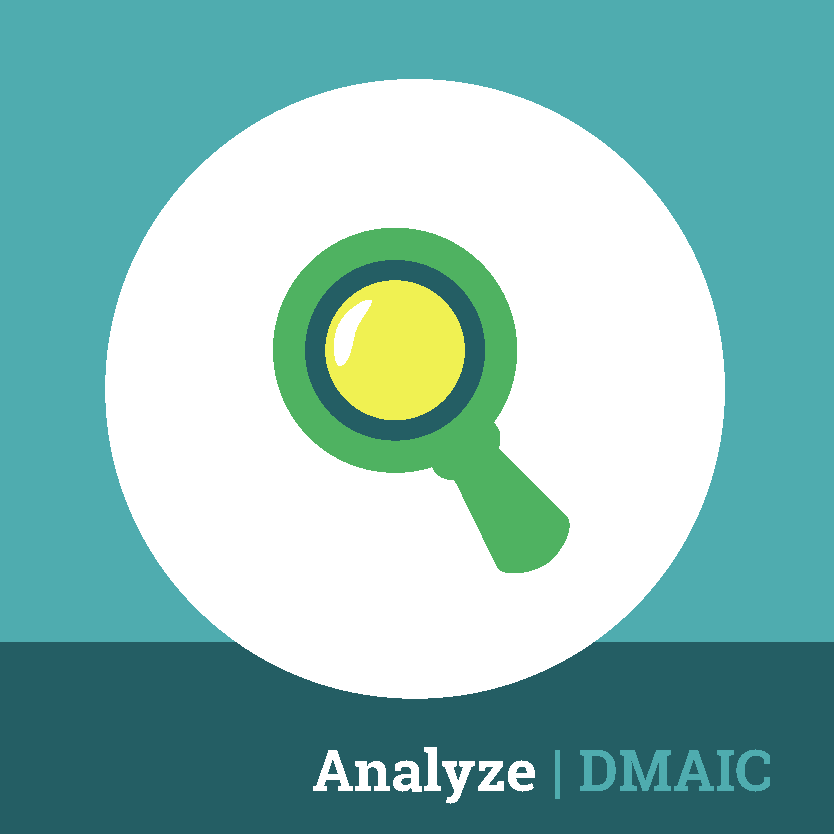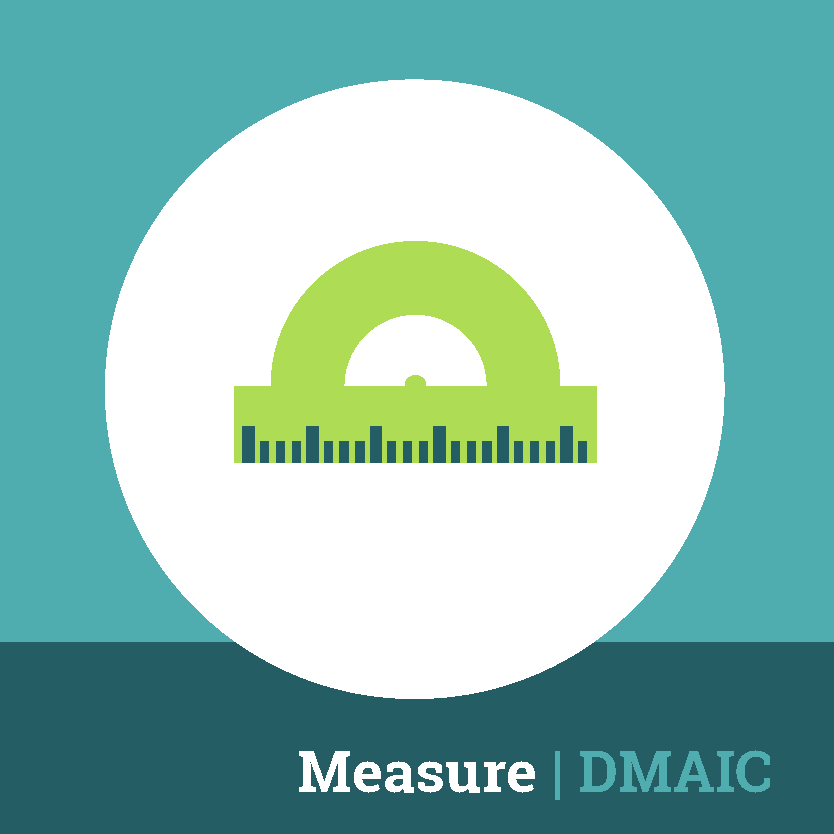

Learn to improve processes (quality, efficiency, and cost), solve problems, lead improvement projects, and use practical statistics & analytics for process- and product development


We facilitate process mapping, conduct analyses, support internal project managers, and lead improvement projects using Six Sigma's DMAIC method.


Our membership provide access to online courses, software for automated project execution & documentation, project coaching, Q&A, and webinars for professional development.














































